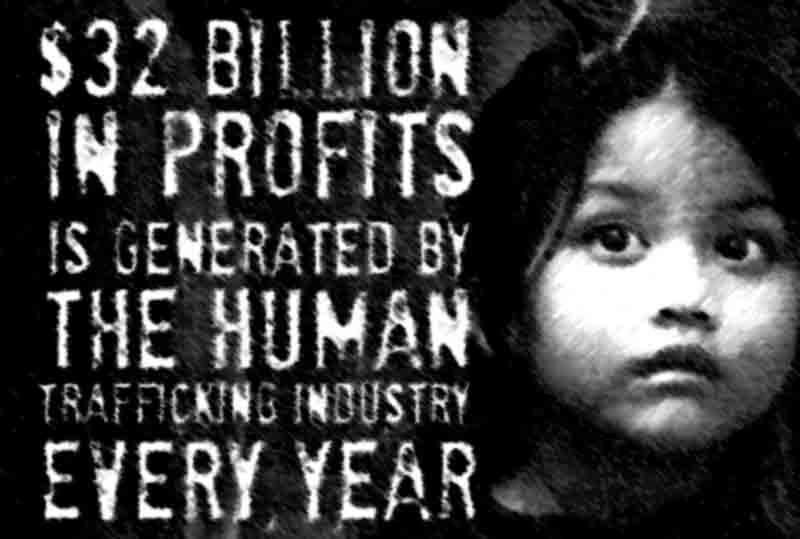Children – The invisible victims of Trafficking

We call on the public authorities and those responsible for ensuring that children do not abandon them to their fate, which is bound up with that of the exploiters.
“I did not know I was a victim of anything, except circumstances.” This phrase by Caitlin Kelly Lawrence, a survivor of trafficking for sexual exploitation, can help us to understand in part the complexity of this crime, which annually adds new victims and incorporates different forms of exploitation.
Many of the victims come from environments where violence and abuse are standardized. Precisely with the desire to move away from them, they begin a journey that will lead them to be exploited in farms, mines or brothels. But it is very difficult to self-identify as a victim, to accept that you were deceived and that your life does not belong to you. That beatings, abuse, and abuse are not something you have to deal with, because they have already been part of your life and because you decided to take that path. However, to obtain the protection to which you are entitled, you must recognize yourself as the victim of a complicated crime of proving and denouncing your exploiters. Only then will all mechanisms be set in motion to free you and prosecute the crime.
It is very difficult to self-identify as a victim, to accept that you were deceived and that your life does not belong to you
Despite the efforts invested in campaigns and police actions, the inexorable law of supply and demand continues to displace men, women, and children where they are requested. Traditional forms of recruitment and exploitation have joined the Internet and social networks. The US Secretary of State, in his latest report on trafficking in persons, warns of the increase in the number of children caught using new technologies and reports of abuse through them, such as abuse through the Internet or Child pornography.
And is that the childhood carries out many of these stories. As direct victims – children make up almost a third of all trafficked victims in the world – or as sons and daughters of other victims, who are used to extort their mothers if they do not comply with the traffickers’ plan. In Spain, according to data from the Prosecutor’s Office, in 2015, 48 possible under-age victims were detected (45 for sexual exploitation and 3 for forced marriage). And, according to unofficial figures organizations working with victims, hundreds of young children q ue have disappeared from the centers of attention with their mothers.
This July 30 we want to focus on them, the children who live in the environment of trafficking because their mothers are trapped by the exploiters. In the words of the State Attorney General’s own Report in 2015: “Children are sometimes controlled by the network as a means of putting pressure on the mother they exploit; Other times they are placed under the care or surveillance of a member of the organization, increasing the debt of the victim with the organization for the maintenance of the child; The network threatens the mother with giving the child for adoption if the economic income generated by the sexual exploitation decreases; Sometimes they are subjected to ill-treatment (bonds, injuries and even death …), while their mothers were prostitutes elsewhere. ”
Despite efforts in campaigns and police actions, the inexorable law of supply and demand continues to displace men, women, and children where they are requested
These days, a political agreement has been reached in Spain for a future State Pact on Gender Violence. The attention to this issue in recent years has generated many measures; Including the consideration of the sons and daughters of a victim of gender violence as direct victims. It was a breakthrough, placing children in their proper place: not as mere witnesses to violence, but as affected in the first person. From UNICEF Spanish Committee we celebrate these advances, and we ask that the final document recognizes the same treatment also to the children of victims of trafficking. The Covenant offers a good opportunity for this since it extends the concept of gender violence to include other realities such as trafficking in women and girls.
Thus, in addition to reinforcing the protection of exploited women and girls, the history and the suffering of the children of victims of trafficking will be recognized, granting them the status of direct victims. Only in this way can they be recorded in the official records, the necessary measures for their protection may be adopted, and will not depend on a complicated process of self-identification and denunciation that is often difficult to assume. We call on the public authorities and those responsible for ensuring the safety of children who do not abandon them to their fate, bound to the detriment of the exploiters.
The child victims of trafficking are invisible. But we can not take our eyes off a reality with which we must end.




